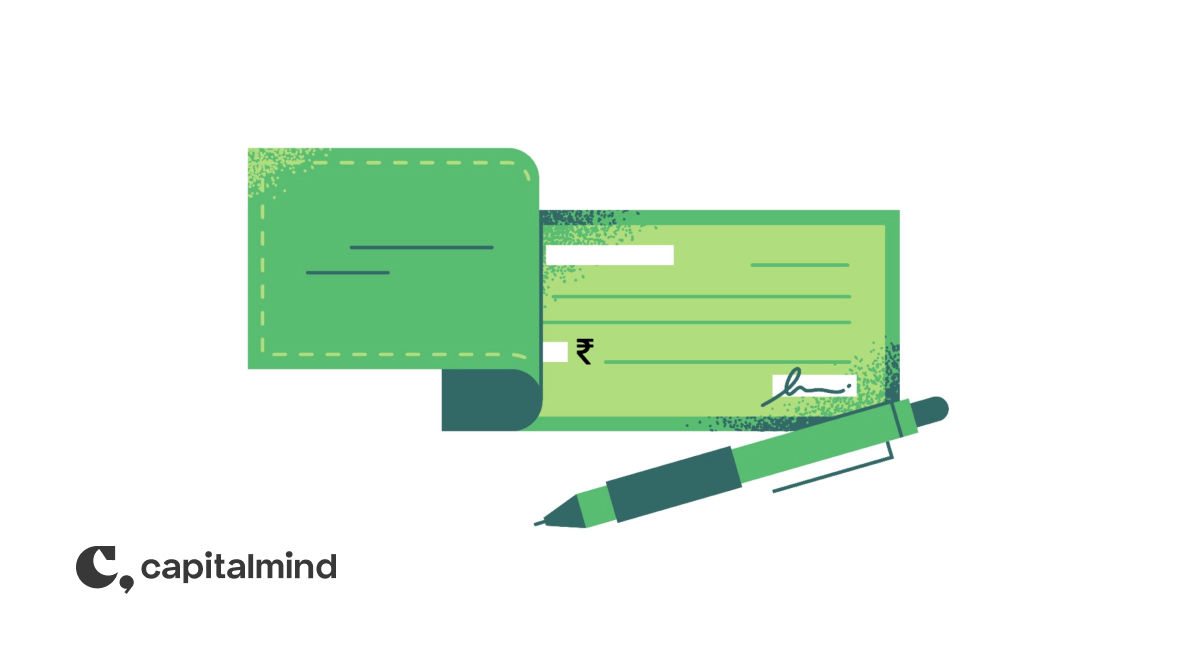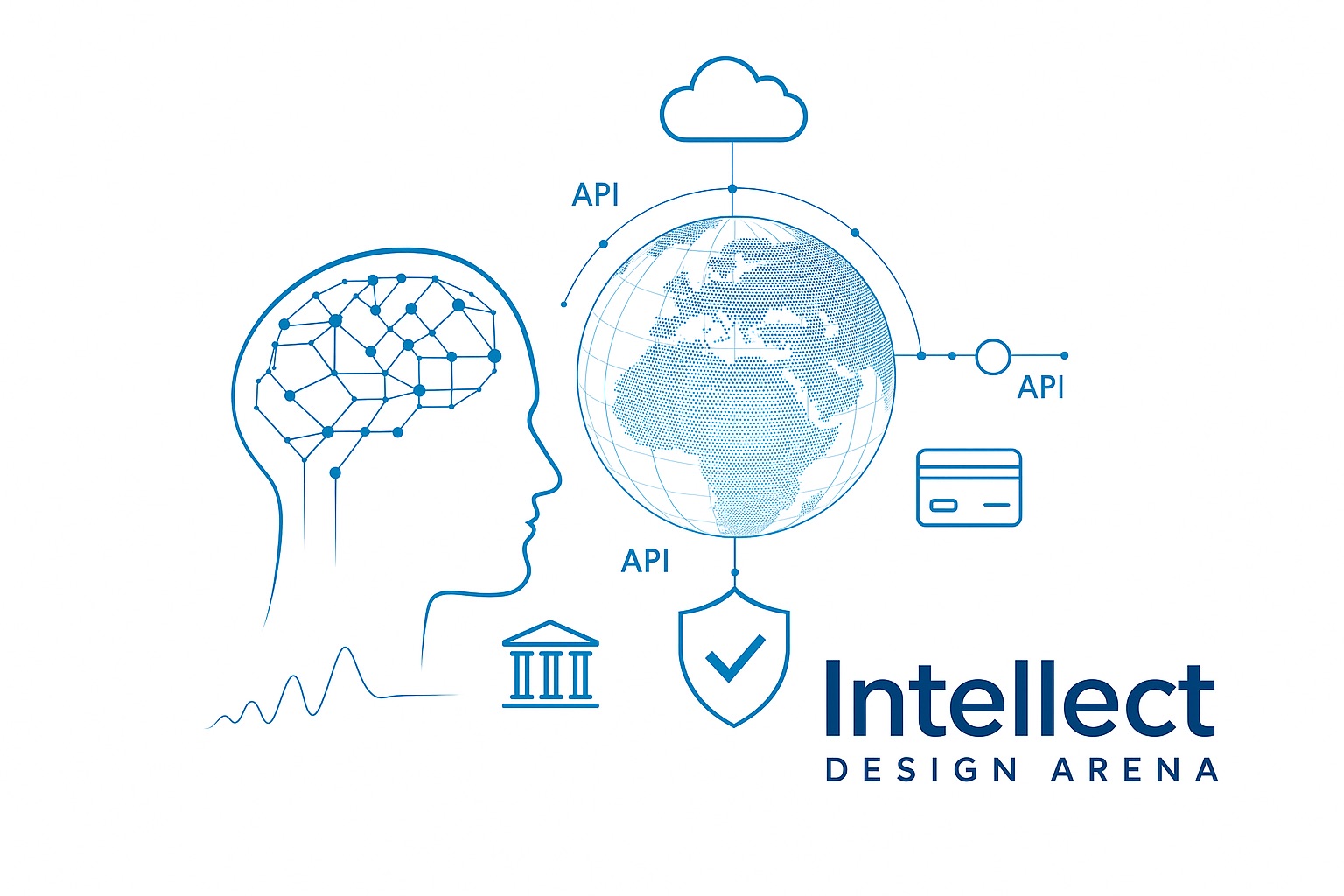Banks are unique. Unlike in most industries where growth is always welcome, in lending, the story is different. The rewards may come early, but risks often lurk unseen in the future. Striking the right balance between caution and aggression in banking is a tricky business. Here, we have a mid-sized bank that has been around for two decades and exhibits a good balance between healthy growth and a strong balance sheet. This bank chooses steady, conservative growth over the fast and furious kind. Let’s explore how this bank ticks the boxes of what makes a good bank.
DCB Bank is a mid-size private sector bank with 440 branches across India. The bank mainly focuses on mortgages, MSME, agri, and gold loan segments. It has a deposit book of ₹45,000 Cr and a balance sheet size of ₹57,000 Cr.
The bank started its operations in May 1995 and was listed on the stock exchanges in October 2006. For the first 15-odd years, the bank started with personal loans, commercial vehicles, wholesale lending, mortgages, etc. For various reasons, whether competition or mis-lending practices, things didn’t go well for the bank. The deposits and interest income saw degrowth, asset quality deteriorated, and return ratios were impacted.
In May 2009, the DCB board appointed Mr. Murali Natrajan as MD & CEO (earlier, he served as Global Head for SME banking at Standard Chartered Bank). With the benefit of hindsight, things slowly started moving in the right direction. Mr. Natrajan began to fix the leaks. He discontinued personal loans and commercial vehicles, slowed down on wholesale lending, and focused mainly on the more conservative segments of mortgages and gold.
*click on the image to enlarge
The fundamental side of things
In the past five years:
- The bank’s balance sheet has grown at a CAGR of 11.6%.
- Net advances increased by 12.8% CAGR to ₹37,276 Cr.
- Total deposits grew by 13.6% to ₹45,500 Cr.
- NII increased by 10% and PAT by 9.4% during the same period.
- CASA improved from 25% to ~30%, showing decent improvement.
- The cost of funds was marginally down from 6.5% to 6.1%.
- Return ratios are below par, with ROE at 11.5% and ROA at 0.9%.
The loan book is well diversified, with a greater focus on secured & retail lending, including Mortgages at 45% of the loan book, Gold Loans at 8.4%, priority sector lending at 23.5%, and SME lending at 6.6% of the book.
*Source: Q2FY24 Investors Presentation
Given the bank’s conservative nature and emphasis on secured lending, the bank has maintained decent asset quality with current GNPA of 3.4% & NNPA of 1.3%. The provision coverage ratio is healthy at 75%.
*Source: Q2FY24 Investors Presentation
Agri-Inclusive Banking & Gold Loans: The Key Growth Drivers
Think of it as a bank within a bank. Agri-Inclusive Banking (AIB) functions as a distinct unit of the bank, primarily catering to agricultural and MFI customers in rural and semi-urban areas. Its product offerings include Kissan credit cards, tractors, small ticket housing loans etc. Out of a total of 440 branches, 198 are exclusively dedicated to the AIB segment.
Over the past 5 years, the AIB segment has witnessed impressive growth of 17%, while Mortgages have grown by 13%, and the overall bank loan book has expanded by 10%. AIB also enjoys relatively better yields compared to other products.
Turning to the Gold loan segment, the bank ventured into it in 2013, gradually building a strong portfolio that now constitutes 8.4% of the overall book. Gold loans rank as the bank’s third-largest product, achieving a remarkable 26% CAGR in the past 5 years. On the other hand, the management is downsizing its segments like Corporate & CV lending.
Post covid, the bank strategically accelerated branch expansion to reignite growth. In the last three years, 87 new branches have opened. Due to upfront costs, the cost-to-income ratio has increased from 49% in FY21 to 63.8% today. However, as branches scale, we can expect the cost-to-income ratio to return to previous levels of around 50-55%, providing operating leverage over the next couple of years.
Management has set a target to double the balance sheet every 3-4 years and maintain GNPA below 2.5% and NNPA below 1%. The bank is looking to stabilize NIMs at around 3.6% to 3.7% and reduce the cost-to-income ratio to 55%. Additionally, they aim to improve return ratios to achieve a 14% ROE and 1% ROA.
Capital infusion by promoter and new MD & CEO appointment
Aga Khan Fund for Economic Development (AKFED), the promoter of the bank, currently owns 14.8% of the bank. In December 2023, AKFED expressed interest in investing an additional $10 million as growth capital. Following this equity infusion, the promoter’s holding will increase to up to 16.3%.
As Mr. Natrajan approaches his retirement this year, the board has announced Mr. Praveen Achuthan as the new MD & CEO of the bank. He is an insider, having been with the bank for the past 16 years. The RBI has also approved Mr. Praveen’s appointment as the next MD of the bank, effective from April 2024, removing any ambiguity and overhang on the bank’s leadership.
Is it a value buy or a value trap?
As of Q2FY24, the book value per share stands at ₹147, currently trading at a price-to-book ratio of 0.9 times. While this may seem optically cheap, it is in line with the 5-year historical median valuation of the bank. Relatively, the bank is trading at a discount compared to its peers, but there is a reason for this.
DCB Bank has shown relatively faster loan book growth compared to other mid-sized banks. However, it lags in terms of higher cost of funds, high cost-to-income, and low return ratios. Therefore, the current valuation of DCB Bank appears justified.
However, as Wayne Gretzky famously said, ‘Skate to where the puck is going to be, not where it has been.’ Things are expected to change for the bank over the next 2-3 years, owing to:
- Operating leverage as new branches start to break even, leading to a contraction in cost-to-income.
- Expansion of the Agri-Inclusive Banking segment, contributing to higher yields.
- Relatively higher growth in Gold Loans (on a lower base).
Considering these potential triggers, the bank is currently trading at a decent valuation, with the possibility of a re-rating if these triggers unfold as expected.
Capitalmind Checklist
Can DCB Bank withstand the competitive intensity of other major banks?
- The bank understood that it couldn’t compete with other major banks in the industry if it tried to lend across all products. Hence, the management focused on very few segments like mortgages, gold loans, and priority sector loans. They also expanded mainly in rural and semi-urban areas. Rural & semi-urban areas contribute around 59% of the total branch presence of the bank.
Is the management sketchy?
- No. DCB Bank is a professionally run bank. AKFED currently owns 14.8% of the company. Tata Mutual Fund is the second largest shareholder with a 5.2% stake, followed by HDFC Smallcap with 4.4%. The management is conservative in nature and prudent in managing the book. Management compensation is well below the ceiling of 10%.
Is the company financially healthy?
- Yes. The book is well diversified, with secured lending making around ~85% of the overall book. The capital adequacy ratio is at 16.5%, with Tier-1 capital at 14.2%. This will further improve after the promoter’s $10 Mn capital infusion. The NNPA has been maintained below 1.5% with adequate provisional coverage ratios of above 75%.
What are the potential triggers?
- Reduction in cost-to-income ratio from the current 63% to 55%.
- Doubling the balance sheet in the next 3-4 years.
- Targeting an ROE of 14% and an ROA of 1%.
What are the Risks?
- As mentioned above, the bank had opened 40 new branches in the last 2 years. Typically, it takes around 2-3 years for a branch to break even (the tenure will be a little less for Rural & Semi-urban branches). These branches have to start contributing in the next 1-2 quarters. Any delay in the breakeven will increase the operating costs of the bank and impact overall profitability.
- As the interest rates are expected to decrease over the next 3 years, this will impact the margins going forward. With an already low CASA profile at 30%, the biggest risk for DCB Bank is the contraction of NIMs below 3.5%.
What would make us change our opinion on this stock?
- As of now, the bank is taking the right steps. As long as the numbers continue to deliver, holding the stock over a long period shouldn’t be a problem.
Additional Reads:
Disclosure: Please note that we hold DCB Bank in our Capitalmind Premium model portfolio. This article is intended solely for informational purposes and should not be construed as an investment recommendation.











